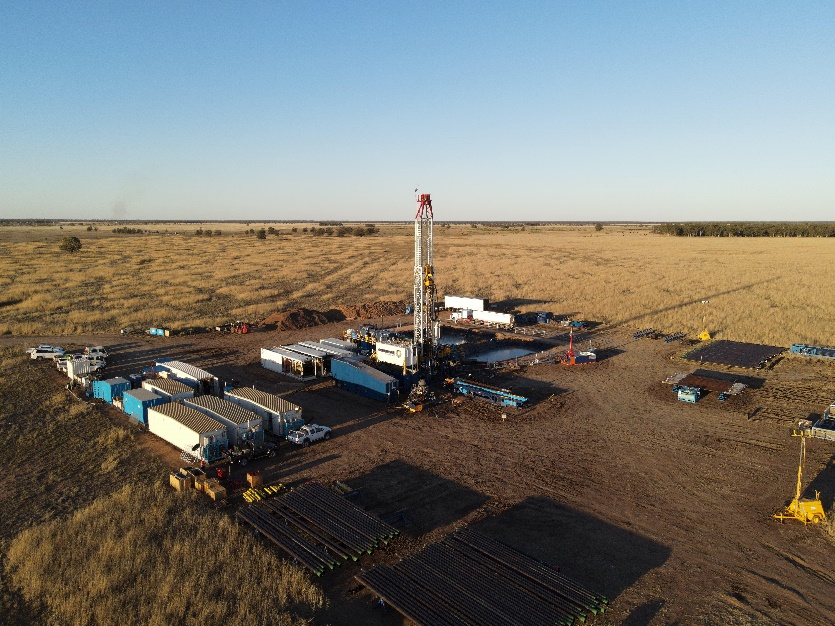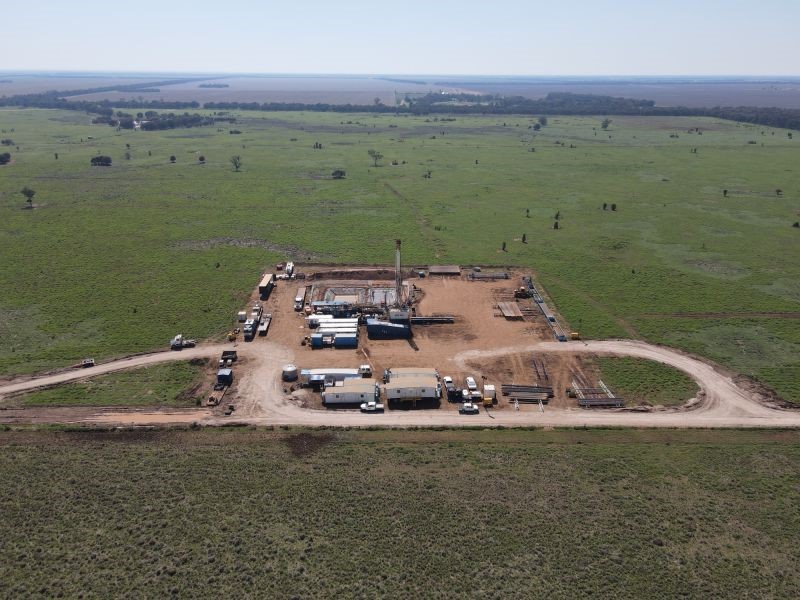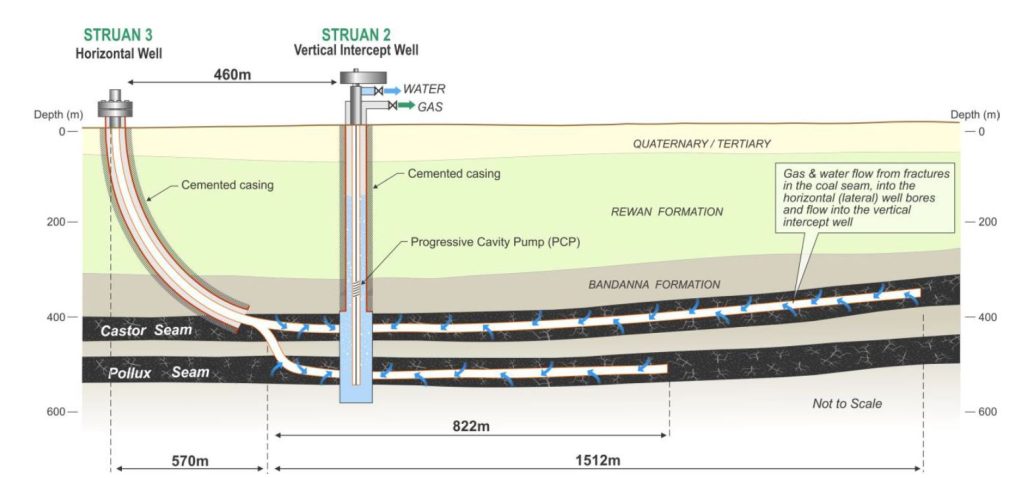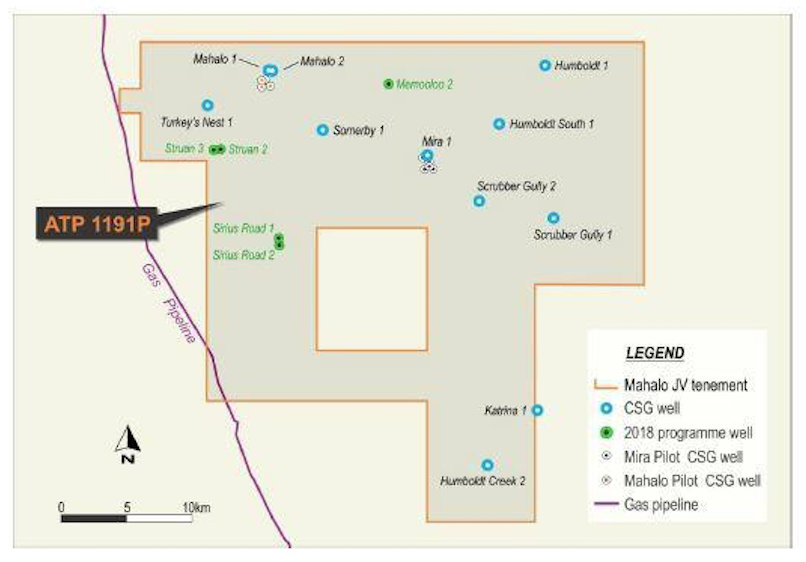On Monday 18th November we celebrated the successful completion of the CO2CRC Stage 3 development with our clients at a function centre in Torquay, Victoria. The function marked the end of approximately 18 months working with CO2CRC in Melbourne since winning the tender to provide the drilling and completions project management services required to deliver their Stage 3 development project. CO2CRC is developing a CCS (carbon capture and storage) demonstration program at their Otway National Research Facility along the Great Ocean Road in Victoria. Stage 3 required the drilling of 4 new deviated CCS injection and monitoring wells from 2 well pads, and the completion of the 4 new wells plus a pre-existing vertical well. Now complete the project plan is to inject 15,000 tonnes of CO2 into a deep saline aquifer at a depth of approximately 1500m.
For inGauge there were numerous technical challenges to overcome, and many of these related to the deployment of sophisticated downhole instrumentation for pressure tomography and inversion (PTI) and seismic monitoring. Two sets of fibre-optic cables were run on the outside of the 13Cr premium connection production casing and cemented in place. Each of the cables included 6 individual multi and single mode fibres. Once set and cemented in place the casing had to be perforated across the aquifer without damaging the fibre optics. To achieve this, in house designed marker and blast joints were installed on the casing to protect the cables, and Schlumberger perforation orienting tools used to shoot safely past the cables. All 4 new wells were successfully completed in this way without any cable damage at all!
The wells were later completed with suspended downhole pressure gauges, fibre optics and TEC cables. The successful delivery of the drilling and completions component of this project was a major milestone for us at inGauge. We provided a multi-disciplinary team including civil construction, geology, drilling, completions, HSE and project management to deliver a high integrity installation which CO2CRC can rely on to advance the science of CCS monitoring, which is a critical aspect of carbon abatement into the future.
These words are from the CO2CRC website and provide some insight into the magnitude and importance of the project:
The wells are part of CO2CRC’s biggest project to date, known as Otway Stage 3. The project is proving up technologies which provide data on demand, as well as reducing the cost and impact of long-term CO2 storage monitoring for carbon capture and storage (CCS) projects. The next six months will see teams from CSIRO and Curtin University calibrating the pressure tomography monitoring system and performing baseline seismic acquisitions using fibre optics cables and permanently deployed surface orbital vibrators.
“These new technologies provide data quicker, are much less invasive and cost significantly less than the seismic surveys currently used. Initial estimates show cost savings of up to 75 percent,” said David Byers, CEO of CO2CRC.
“Our hope is that the research will lead to more CCS projects around the world, allowing CCS to play a vital role in reducing emissions across all major industry sectors. As the International Energy Agency points out, without CCS as part of the solution, meeting global climate goals will be practically impossible,” he said.
With the support of its drilling management team, InGauge Energy, the drilling company, Easternwell Drilling and with multiple specialist service providers, the CO2CRC team drilled almost 7km of directional wells, ran 11km of steel casing, 13km of fibre optic cable and pumped 458 tonnes of cement. This represents the largest single project undertaken by CO2CRC in support of testing new and innovative techniques that will support current and future CCS projects both within Australia and globally.
The $45 million project is jointly funded by the Commonwealth Government’s Education Investment Fund (EIF), COAL21 through ANLEC R&D, BHP and the Victorian State Government.
Technical and scientific work programs are being carried out in partnership with Curtin University and CSIRO and are expected to be complete by June 2022.
Learn more about the project here.





